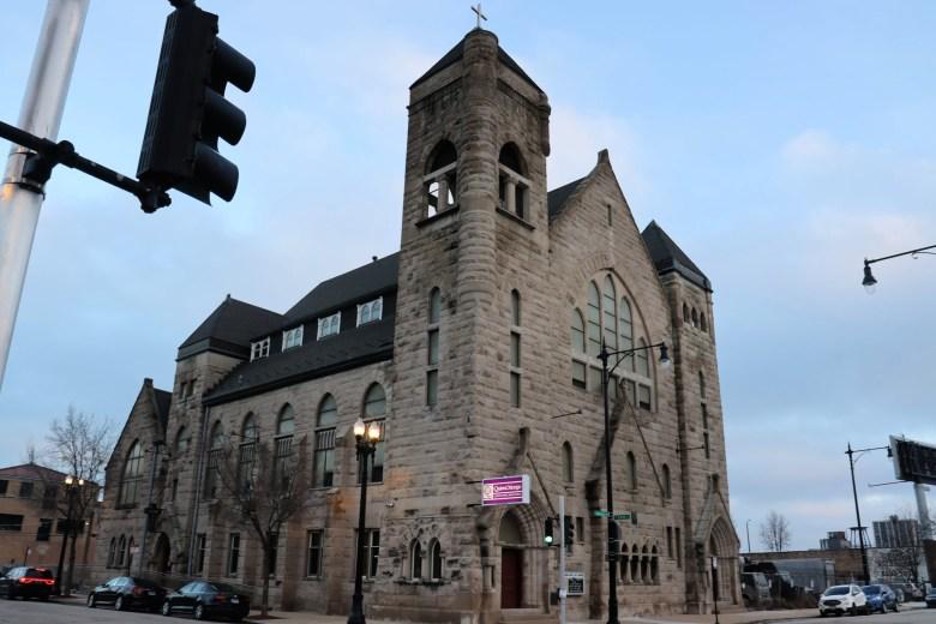The Residue Effects of the African American Experience
By Jocelyn Iglehart, 5th Episcopal District
African Americans have always been seen as a means to an end within American history. The results of it are shown today within the attitudes and stereotypes that have formulated into legacies of the Black woman and man. Due to this, African Americans continue to face generational oppression and will do so until the government reconstructs the laws that benefit and include the black community. The discrimination that African Americans face derives from the history of exploitation, suppression of rights, and economic oppression.
Before the establishment of slavery in the late 17th century, there were temporary slaves known as indentured servants. These were mostly white individuals who served up to seven years but were then freed. Since then, America enacted involuntary servitude, also known as American Chattel Slavery. The two states, Virginia and Maryland, were the most slave populated. The transition from voluntary to involuntary servitude showed how America valued African Americans within a society. Such treatment persisted despite the desire by African Americans for betterment.
Long after the abolishment of slavery in 1865, the 15th Amendment was enacted granting African Americans the right to vote. Although explicitly, no one of any race could be denied access to voting, many state governments prohibited Blacks from doing so.
A common form of discrimination towards African Americans was literacy tests. Literacy tests were given to test their abilities to read; and if they missed anything, they were denied their right to vote. Sadly, tons of African Americans suffered from this and were unable to politically participate. In addition, Blacks were also affected by gerrymandering, the rearrangement of geographical locations for political advantage. As a result of this, the black community was stripped of their rights to participate in politics and exercise their right to make changes.
They were also prohibited in their ability to make grand purchases. African American homeownership in today’s society is at a low rate. Urban Residence research shows that the amount of Black homeowners from the 1940s and 50s until today has dropped severely. Although there are not as many discriminatory laws for potential homeowners today, it is still difficult for many Blacks to find the resources and approvals needed to purchase a home. In addition, redlining has been another major factor that has made it harder for aspiring Black homeowners. Redlining is the rejection of loans to African Americans and other people of color.
These circumstances not only set potential homeowners back but it also resulted in an economic decline because of a lack of purchases and inflated housing prices. Psychologically, it instilled the idea in whites that if people of color desired to purchase a home in their neighborhood, it would depreciate the value of their houses. This created a negative stigma toward blacks and integration. Unfortunately, the economic gap of homeownership will be a continuous cycle for generations to come.
The backs that built America are the same ones that have endured the generational traumas of exploitation, suppression, and oppression. America has never and may never see the true value of Blacks until they are willing to change laws that benefit and support the Black community as a whole.





